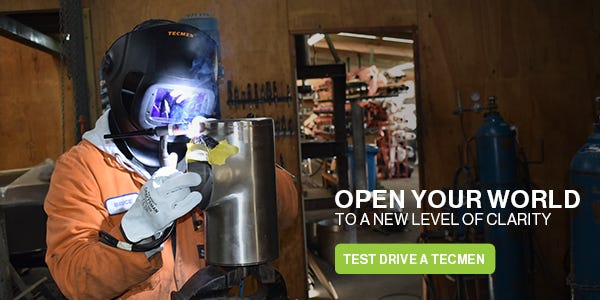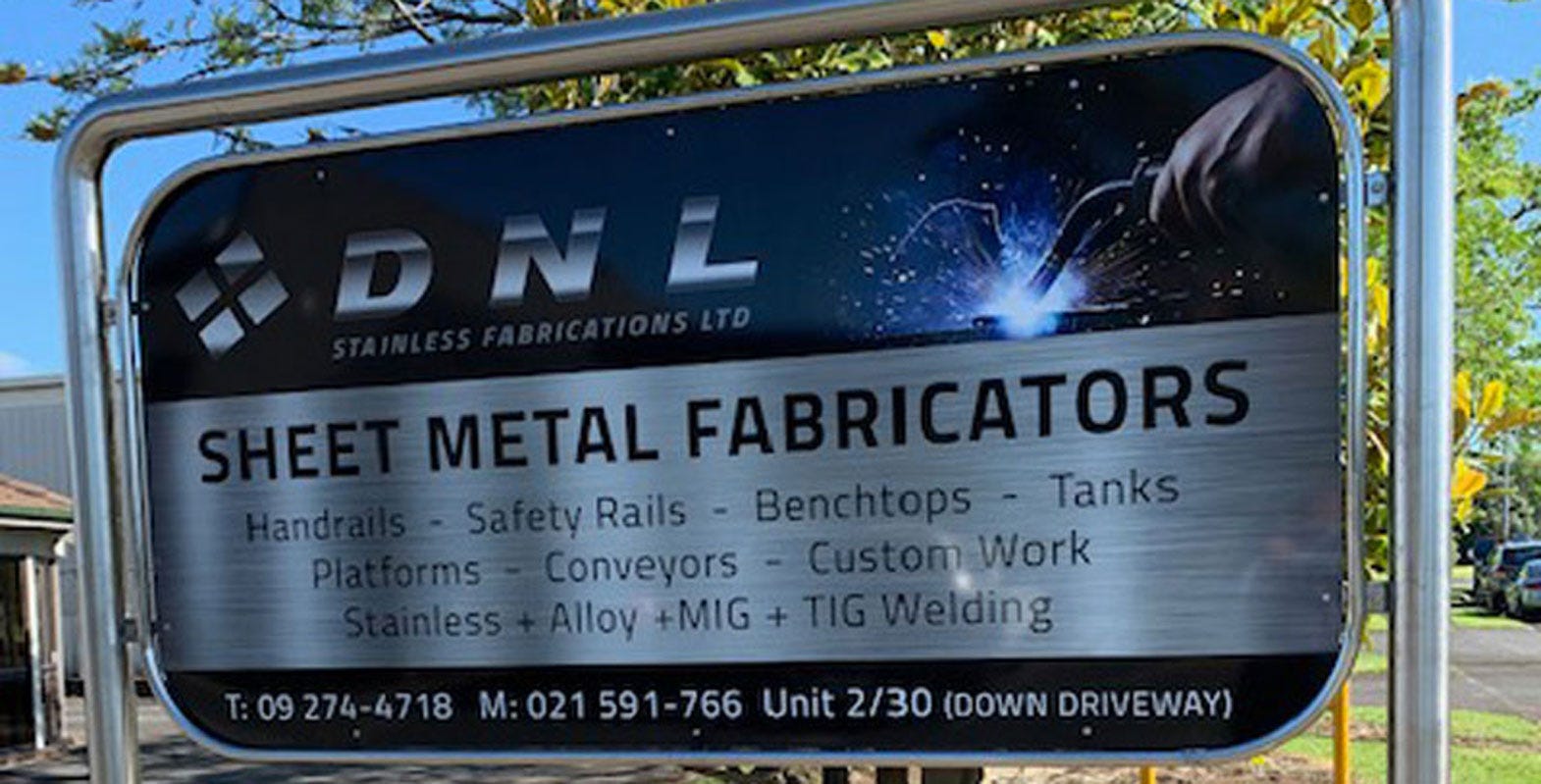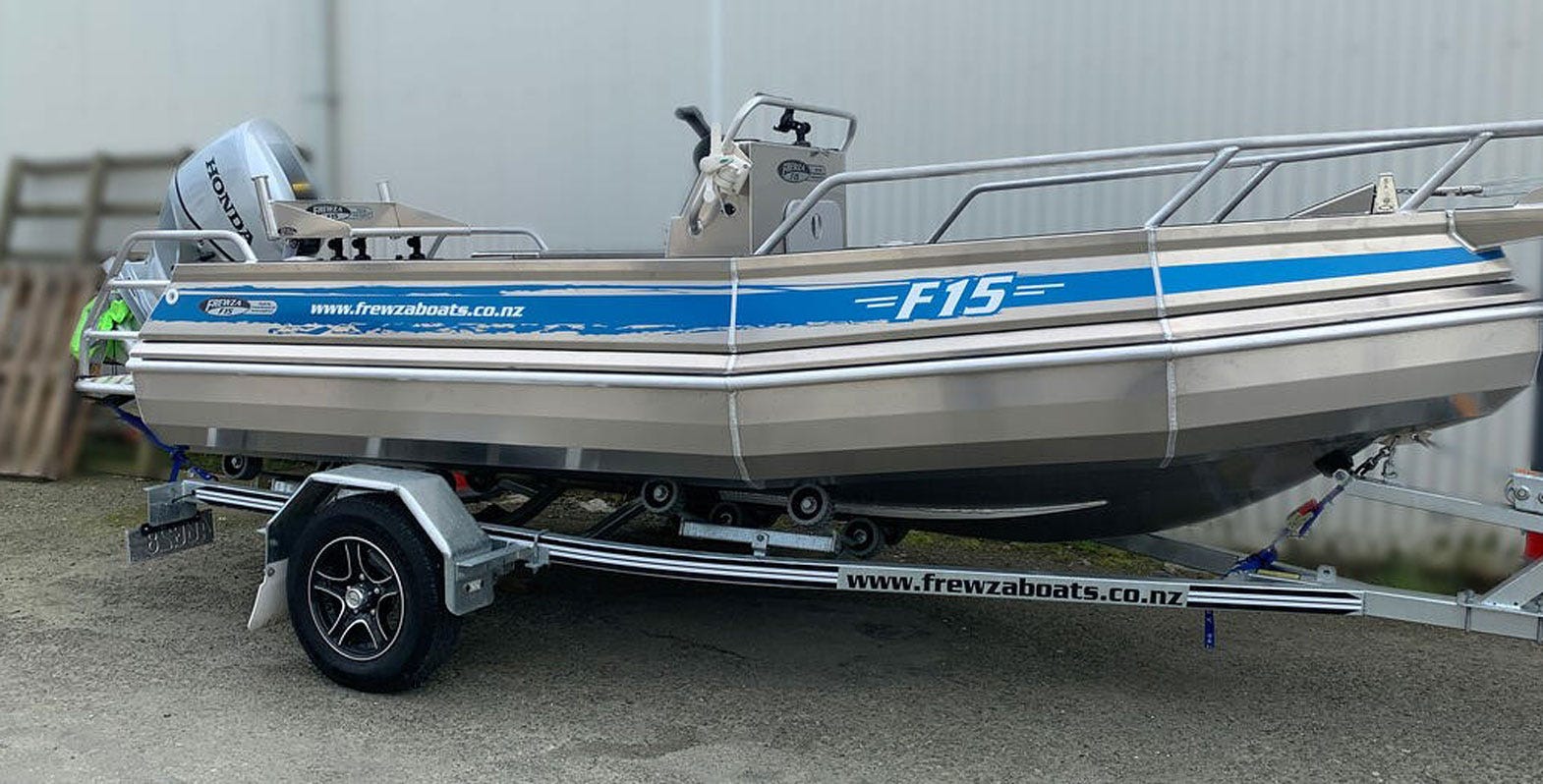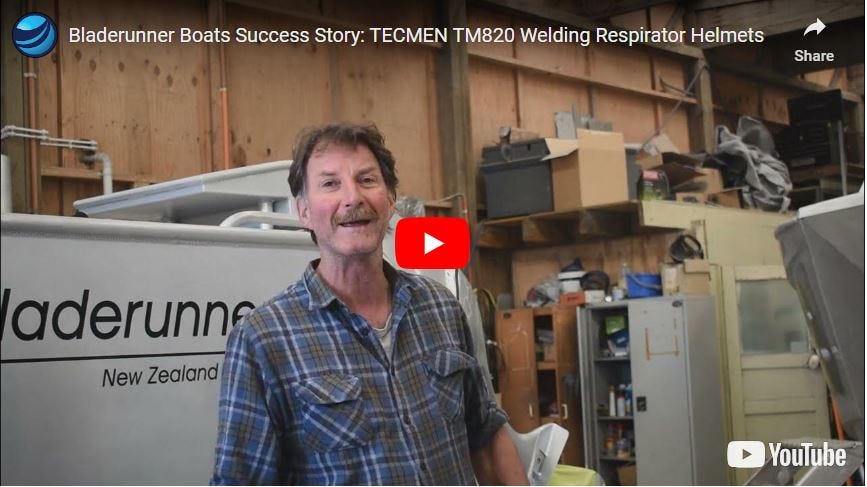Welder's most frequently asked questions about respiratory protection
Clean air and respiratory protection is a hot topic amongst welders and metal fabricators as more information comes to light about just how dangerous welding and other fumes can be. Here's 10 of the most frequently asked questions:


1. Who's responsible for providing the respiratory protective equipment (RPE)?
A: It's the employers responsibility to provide the appropriate RPE for employees, and well as education and instruction around when and how to wear it. It's the employees duty to follow instructions and take reasonable care to look after their own health and the safety of those around them. For more detailed information read: What you need to know about air quality H&S regulations.
2. What if my workers won't wear it?
A: It's the employers responsibility to make sure workers are provided with, AND use the appropriate RPE. If they're not wearing it, find out why and try to resolve the issue. If workers are unreasonably refusing to comply with H&S regulations this may become an employment issue. Read more here: PPE - what if my workers won't wear it?
3. How do I know if it's work that's making me sick?
A: At first it might not be obvious. A lot of the short term symptoms may seem like symptoms of the common cold. A few things to look out for are symptoms that get worse throughout the week and improve on weekends, feeling sick on a regular basis, and increased sick leave. For more info see: Are workshop welding processes making you sick?
4. Can welding cause cancer?
A: The short answer is YES. For the long answer click here: Welding fumes - how much exposure causes cancer?
5. What's in welding fumes?
A: Welding fumes are made up of a mixture of airborne gases and metal particles which can be highly toxic. The toxicity level depends on what is being welded and how. For more detailed information read: The danger of welding fumes - cancer & other effects.
6. How important is fit testing?
A: For any 'tight fitting' RPE, fit testing is very important to make sure the equipment has a good fit to enable it to keep out all the harmful fumes. 'Lose fitting' RPE such as positive pressure helmets do not require a fit test. Learn more about fit testing here.
7. What are the workplace air quality regulations in New Zealand?
A: Click here to learn more on: What you need to know about air quality H&S regulations.
8. How do I know what RPE to choose?
A: Every workshop has different requirements/preferences for RPE. Here's a guide to choosing the best RPE for your workshop: Choosing respiratory gear - a quick guide
9. What RPE would WorkSafe approve?
A: WorkSafe would assess all aspects of your workshop to determine air quality, and what safety measures should be in place. For workshops/jobs where workers are exposed to dangerous fumes, positive pressure helmets are often recommended. Click here to find out more: Get the big tick from WorkSafe if you wear this...
10. How can I make my respirator last longer?
A: Follow a good care and maintenance plan. Basically, keep it clean, store it in a safe, clean place, and carry out maintenance when required. For more detailed information and a check list for respirator care click here: The secret to making your respirators last longer...
 Need assistance?
Need assistance?







